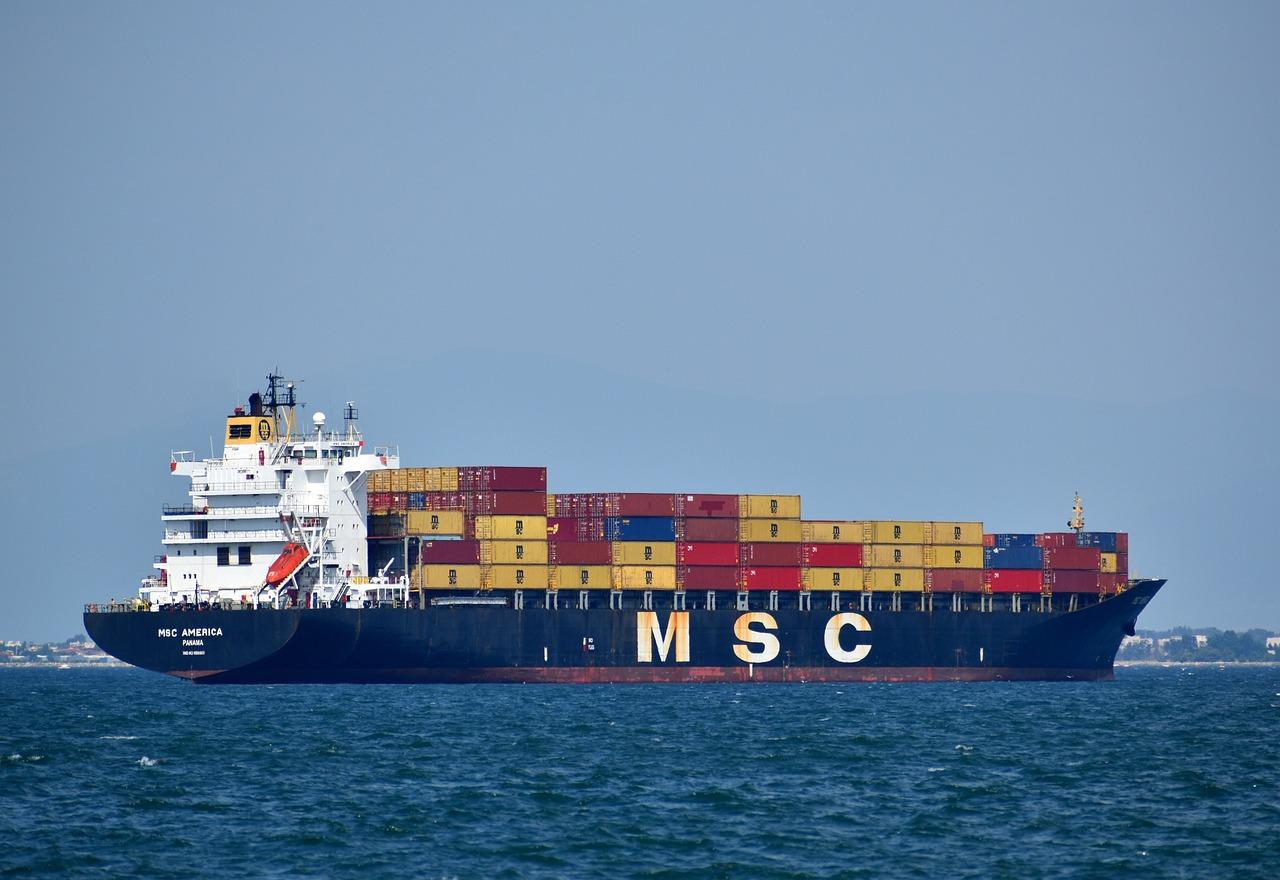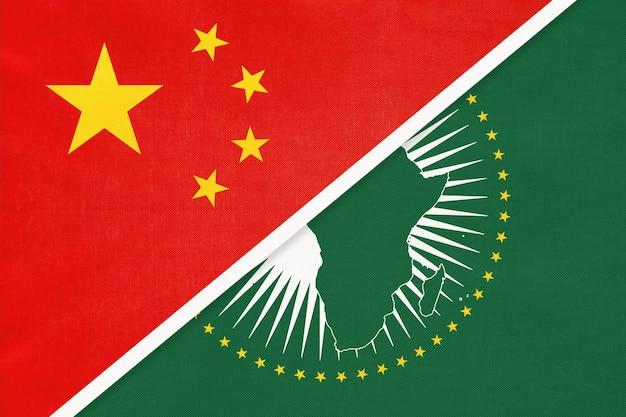Introduction
Africa holds immense economic potential. Rich in natural resources, endowed with a growing population, and increasingly digitally connected, the continent stands at the threshold of transformative development. However, this promise remains largely unrealized. One of the most persistent challenges to Africa’s economic growth and resilience has been its fragmented markets and over-reliance on exports of raw materials to external partners. Intra-African trade accounts for less than 15% of the continent’s total trade—compared to 60% in Europe and 50% in Asia. This low level of internal trade reflects not only weak regional linkages but also limited industrial capacity.
The African Continental Free Trade Area (AfCFTA), which came into force in 2021, represents a bold response to this challenge. By removing tariffs and non-tariff barriers, harmonizing standards, and promoting the movement of goods, services, and people across borders, AfCFTA aspires to turn Africa into a single market of over 1.4 billion people. But trade liberalization alone is not enough. To truly unlock the benefits of AfCFTA and deepen intra-African trade, the continent must also accelerate industrialization, strengthen productive capacities, and build modern infrastructure.
This article explores the state of intra-African trade, the barriers that constrain its growth, and the opportunities for aligning trade integration with inclusive industrial development across the continent.
The State of Intra-African Trade
Intra-African trade is currently characterized by a narrow range of products, largely dominated by primary goods such as agricultural produce, minerals, and low-value manufactured items. Trade remains concentrated among a few countries, particularly South Africa, Egypt, Kenya, and Nigeria, while many smaller economies trade more with partners outside the continent than with their neighbors.
Existing regional economic communities (RECs) such as ECOWAS, EAC, COMESA, and SADC have made notable progress in promoting regional integration. Yet the full potential of these regional blocs has been hampered by inconsistent implementation of protocols, overlapping memberships, political rivalries, and inadequate infrastructure.
The COVID-19 pandemic exposed the fragility of Africa’s external supply chains and underscored the urgency of building internal markets. Similarly, global shocks such as the Ukraine war and disruptions in maritime shipping have reinforced the need for Africa to depend less on volatile global trade routes and more on regional value chains that add value within the continent.
Key Barriers to Intra-African Trade and Industrial Growth
One major constraint is poor transport and logistics infrastructure. Roads, railways, ports, and customs systems across many parts of Africa remain outdated or disconnected. As a result, it is often cheaper to import goods from Europe or China than to move them from one African country to another. High freight costs, delays at borders, and lack of harmonized transit procedures discourage cross-border trade and increase the cost of doing business.
Another challenge is the lack of productive and industrial capacity. Many African countries still rely heavily on exporting unprocessed raw materials while importing finished goods. This dependence on low-value exports limits job creation and exposes economies to global price fluctuations. The absence of robust manufacturing and agro-processing sectors means that African firms struggle to meet quality, volume, and standards required for competitive regional trade.
Tariff and non-tariff barriers remain a significant obstacle. Although AfCFTA aims to eliminate 90% of tariffs, implementation is uneven and complex. Non-tariff measures—such as cumbersome customs procedures, inconsistent standards, and limited access to trade finance—continue to stifle cross-border commerce.
Additionally, limited digital connectivity and e-commerce infrastructure hinder the participation of micro, small, and medium enterprises (MSMEs) in regional trade. Most African businesses lack platforms for cross-border digital transactions, access to logistics networks, or digital literacy to scale across borders.
Industrial policies across African countries are often disjointed, protectionist, or narrowly focused. There is insufficient coordination among nations to develop regional value chains or leverage comparative advantages. Where industrial zones or export processing hubs exist, they often operate in isolation or with limited linkages to domestic suppliers.
Opportunities through AfCFTA and Regional Industrialization
Despite these challenges, the African Continental Free Trade Area offers a historic opportunity to rewire the continent’s economic architecture. With its broad scope—covering goods, services, investment, competition, and intellectual property—AfCFTA can create the policy space and economic scale necessary for industrial transformation.
The agreement provides a platform to promote regional value chains in key sectors such as agro-processing, pharmaceuticals, textiles, automotive manufacturing, and digital services. For instance, West Africa could specialize in cocoa processing and packaging, East Africa in textiles and apparel, and Southern Africa in battery production using regional mineral resources. By aligning industrial strategies and investing in cross-border clusters, countries can create economies of scale and specialization.
Investment in transport corridors and trade-enabling infrastructure is also expanding. Projects such as the Abidjan–Lagos corridor, the North–South corridor, and the LAPSSET corridor (linking Kenya, Ethiopia, and South Sudan) are designed to reduce logistics costs and facilitate seamless trade. The Programme for Infrastructure Development in Africa (PIDA) is coordinating continental-level efforts to build connectivity across borders.
Digital platforms and innovation ecosystems are gaining ground. Initiatives like Smart Africa, AfricaNenda, and regional e-commerce platforms are beginning to integrate digital payments, customs data, and market access tools. Digital trade protocols under AfCFTA will further enhance the ability of African MSMEs to reach new markets.
Importantly, AfCFTA also includes gender and youth dimensions, recognizing that inclusive trade must empower women-owned businesses and youth entrepreneurs who form the backbone of Africa’s informal economy.
Regional institutions such as the African Export-Import Bank (Afreximbank), the African Development Bank (AfDB), and Africa50 are playing catalytic roles by financing trade-enabling infrastructure, providing trade finance, and supporting industrial zones and SME platforms.
Building the Foundations for Industrial Growth
To fully leverage intra-African trade for industrialization, African countries must take deliberate steps to strengthen their industrial base. This includes investing in:
- Skills development and technical education, especially in science, technology, engineering, and mathematics (STEM), to prepare a workforce ready for value-added production and innovation.
- Reliable energy and water supply to support industrial operations. Industrial parks and manufacturing zones need access to affordable, sustainable energy.
- Access to finance for SMEs and manufacturers, including concessional loans, risk guarantees, and equity investment. Financial inclusion is critical to ensure that small firms can scale and integrate into regional supply chains.
- National and regional industrial policies that are coherent, complementary, and oriented toward value addition. Industrial strategies must avoid duplication and promote shared goals within regional blocs.
- Technology transfer and R&D, supported by public–private partnerships and knowledge exchange platforms, to boost innovation and productivity.
Trade facilitation reforms must go hand-in-hand with industrial policy. This includes modernizing customs, digitizing border processes, harmonizing product standards, and adopting a coordinated approach to tariffs and incentives.
Political Will, Leadership, and Continental Cooperation
Realizing the full promise of intra-African trade and industrialization depends on strong political commitment. AfCFTA implementation must go beyond rhetoric to institutional reform, investment mobilization, and result-driven coordination among countries.
Countries must resist the temptation of protectionism and short-term nationalism. Instead, there is a need to embrace a developmental regionalism approach—where integration is seen as a tool for shared prosperity, not just market expansion.
Continental institutions must provide robust monitoring, dispute resolution, and technical support to guide AfCFTA implementation. The African Union, AfCFTA Secretariat, and regional economic communities must align their agendas and provide consistent frameworks for collaboration.
Equally important is engaging the private sector, civil society, and academia in shaping trade and industrial policies. A whole-of-society approach is essential to ensure that trade integration is inclusive, sustainable, and development-oriented.
From Fragmentation to Transformation
Boosting intra-African trade and industrialization is not simply about economics—it is about sovereignty, resilience, and reimagining Africa’s place in the global economy. By trading with each other, adding value to their resources, and building regional industries, African countries can create jobs, reduce dependency, and strengthen their collective bargaining power on the world stage.
The journey will not be easy. It demands infrastructure, institutions, innovation, and above all, a commitment to unity over division. But the prize is great: a self-sufficient Africa that grows from within and shapes its own development path—through its people, its products, and its partnerships.



